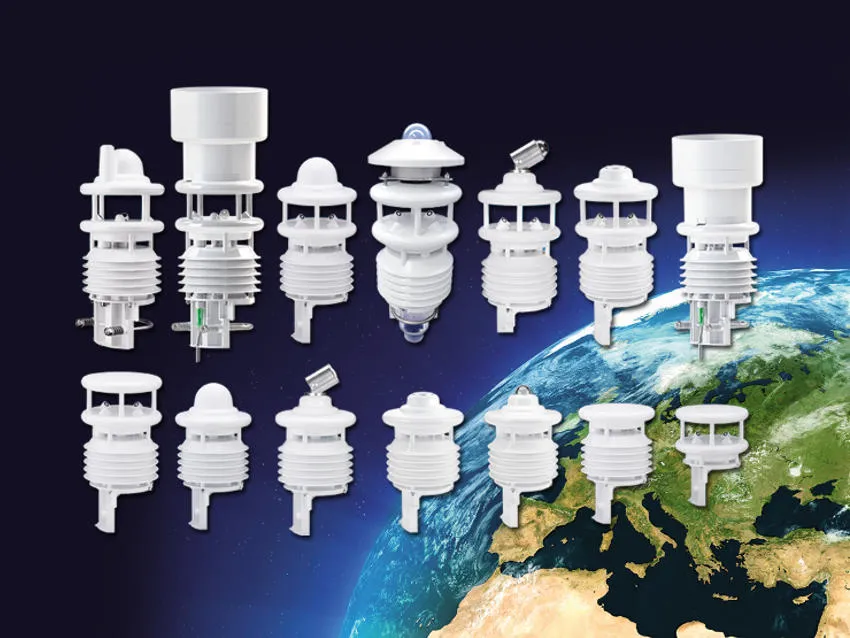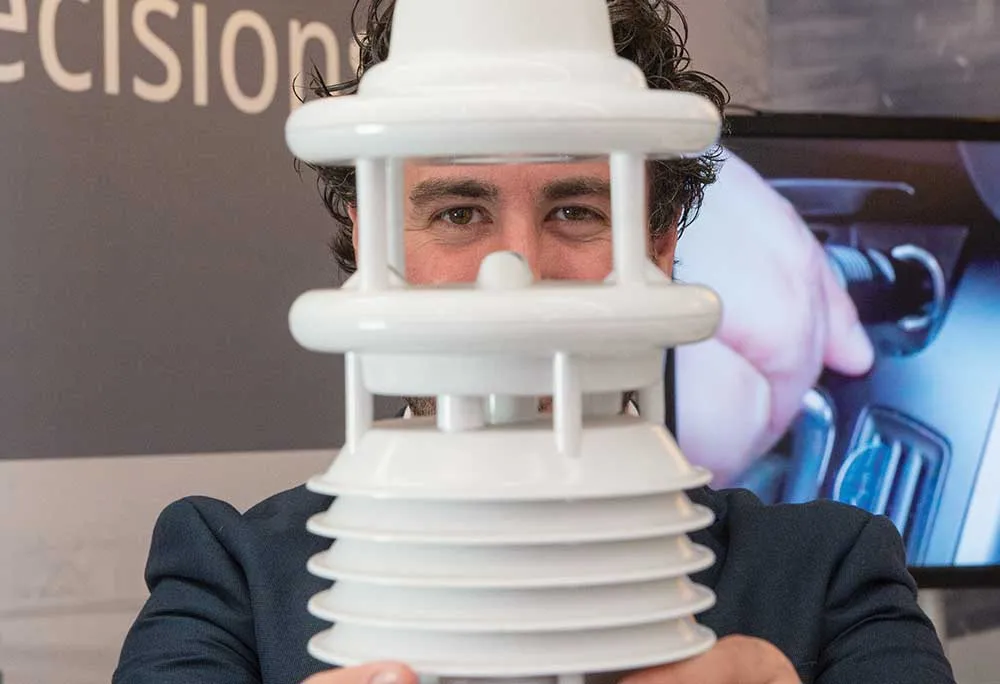
Why have one weather station when you can have 10 vehicle-mounted units? That’s the message coming from
Last winter eight DOTs trialled the units mounted on vehicles including buses and supervisors’ cars as well as snow ploughs and gritters, some of which travelled 4,000 miles over the winter period.
The unit’s in-cab readout shows road temperature, condition and grip, water height and ice percentage. In the future Stepke predicts similar sensors will be built into many vehicles as standard fitment.









